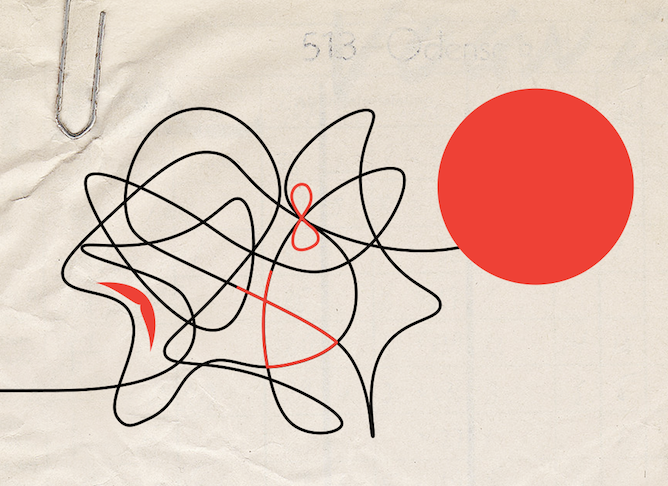In The Beothuk Saga, the author combines history, ethnology, and a multi-generational epic storyline to tell the story of Newfoundland’s now-extinct Beothuk people. The story is told in three parts: the first takes place around 1000 AD, when Vikings arrive in Newfoundland as the Beothuk Anin is travelling by boat along the coast. This section describes Anin’s internal transformation from follower to leader and also introduces readers to Beothuk civilization and the forces that shaped it. The second and third parts concentrate on initial contact with Europeans, colonization, and extinction. Here Assiniwi covers more events, but as a result loses the subtleties of the first part. Characters are briefly sketched, the author reveals little about motivations or personalities, and individual Beothuks are diminished in comparison to events in the historical timeline. However, if the artistry suffers somewhat in the last two-thirds of the book, Assiniwi’s intelligence and overall vision more than make up for it. He describes how aboriginal people have always welcomed and even benefitted from cultural exchange and interbreeding, but also shows how colonialism was not an exchange but an imposition. Most importantly, Assiniwi – who has chided aboriginal people for misinterpreting their own spirituality – uses Anin to present aboriginal spirituality as an individual process, not a dogmatic, rule-based club that requires cult-like thinking. This novel keeps a culture alive and uses its history to explain current-day issues – a remarkable achievement (Quill & Quire).
